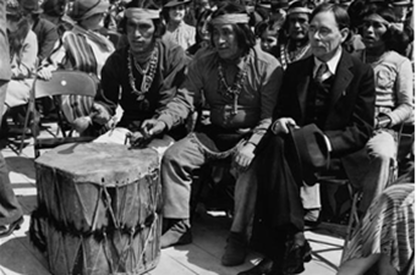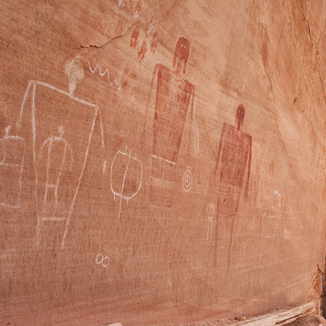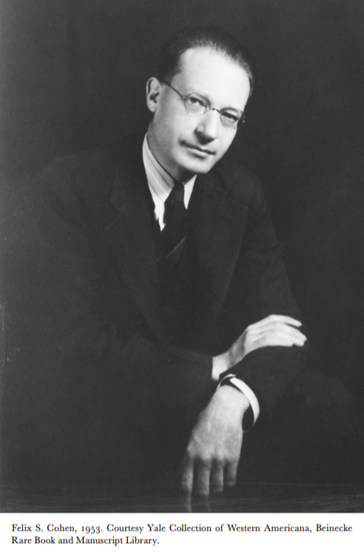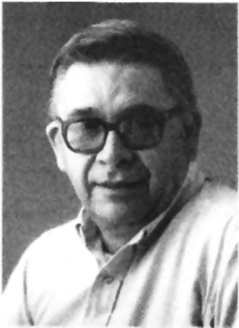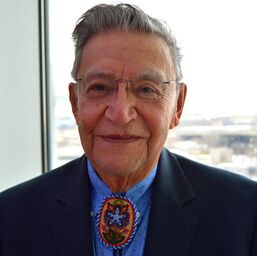| This article was published in Indian Affairs, Volume 183, Fall/Winter 2018 Journal. Minor edits have been made to correct certain terms. We have further updated the article to include additional stories of sacred site protection after 2018! Established in 1922, the Association on American Indian Affairs has a long history defending Native land rights and sacred sites of Native Peoples; in fact, that is how the Association on American Indian Affairs came into being. In the summer of 1922, after Senator Holm O. Bursum of New Mexico introduced a bill that threatened an estimated 60,000 acres of Pueblo lands and water rights, the founders of the Association began the first successful Native rights campaign of the twentieth century: the battle to stop the Bursum Bill. |
Blog on indian affairs
|
Association on American Indian Affairs
6030 Daybreak Circle, Suite A150-217 Clarksville, Maryland 21029 |
The Association is a not-for-profit 501(c)(3) publicly supported organization.
We do not take federal grants. Support our work here. |
|
Site powered by Website Heroes
|

